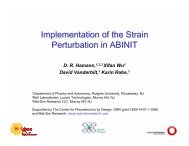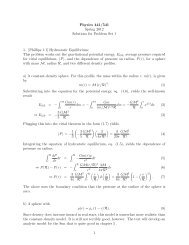7. Interference of Sound Waves
7. Interference of Sound Waves
7. Interference of Sound Waves
You also want an ePaper? Increase the reach of your titles
YUMPU automatically turns print PDFs into web optimized ePapers that Google loves.
2011 <strong>Interference</strong> - 8<br />
Confirm the constructive interference relation, n = d sinmax, by plotting sin max as a<br />
function <strong>of</strong> the integer n. (Take values for n and max on the right side as positive and<br />
those on the left as negative so your plot is a straight line (sin = -sin) rather than a<br />
"V"). The slope <strong>of</strong> your best straight line will enable you to calculate /d, and then the<br />
wavelength in terms <strong>of</strong> the measured distance, d, between the transmitters. Compare<br />
this with the value <strong>of</strong> measured in part 4. Obviously the slope will also give you d/.<br />
Thus you can find the separation d in terms <strong>of</strong> the theoretical wavelength = c/f.<br />
Compare this with the value <strong>of</strong> d directly measured.


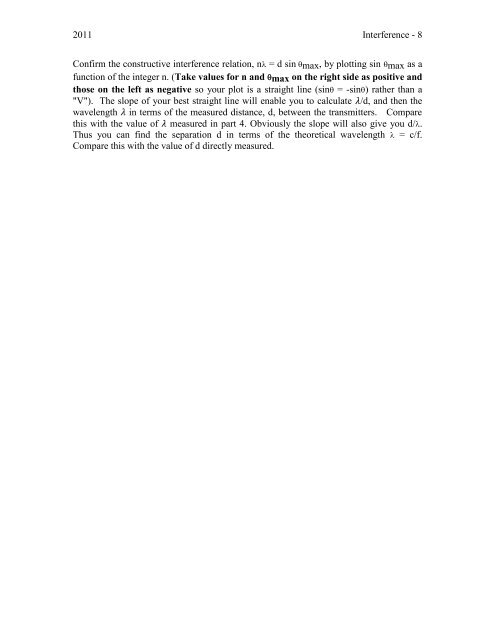
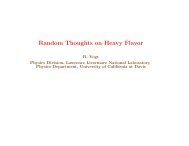

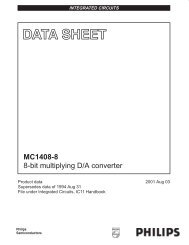

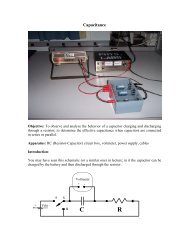


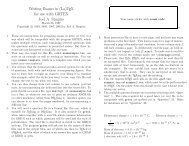
![More Effective C++ [Meyers96]](https://img.yumpu.com/25323611/1/184x260/more-effective-c-meyers96.jpg?quality=85)

